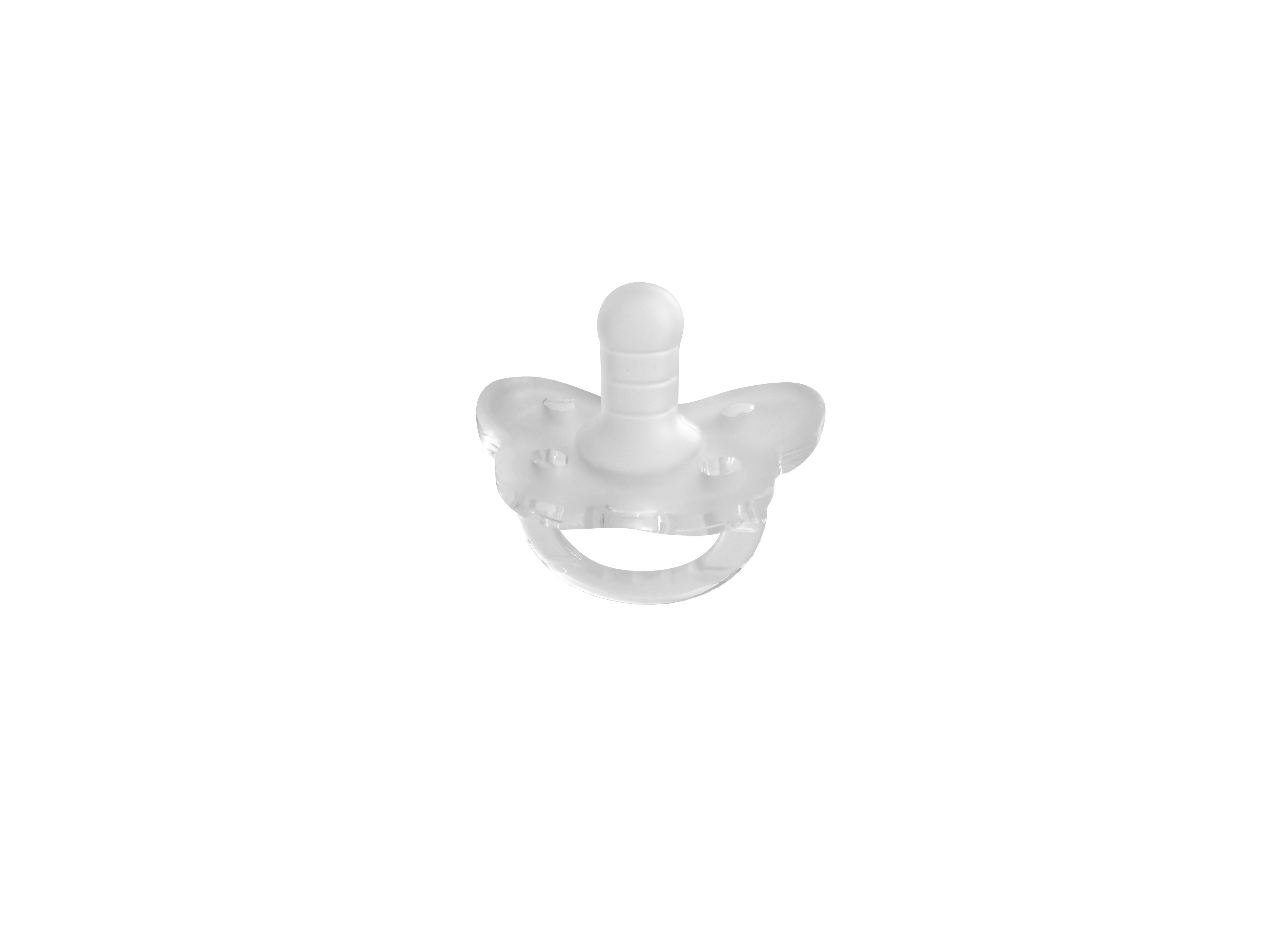Babies can find pacifiers to be very useful items that serve to decrease their heart rate, decrease stress, and offer them comfort. However, parents have to struggle a great deal to determine the right time and the right ways to transition their little ones off these ‘yummy’ ‘binkies’. In this guide, you’ll find top guidelines from baby establishments, time-proven methods, and useful advice, all aimed at helping you to ditch pacifiers.
Understanding Pacifier Use
Swaddling is recommended for the first three months but pacifiers are useful at any age and they also may help prevent SIDS. However, when the kid is growing up, the use of the pacifier can cause some dental problems, and become emotionally binding to the child. Pediatricians and childcare providers advise parents to start weaning a child from a pacifier between 2 to 4 years or at the latest by 3 years as recommended by the American Academy of Pediatrics.

Signs It's Time to Wean
Recommendations for DD to wean indicate signs such as your child getting more frustrated, crying lots, or waking up frequently at night probably because of the pacifier dependence. Furthermore, it is crucial to consider the baby’s emotions, if your child is taking the pacifier ALONG with other uses that signify the child depends on it emotionally, then it will be time to get rid of it.
Strategies for Weaning
When you’ve decided to wean your child from the pacifier, consider the following approaches:
- Cold Turkey Method: For older toddlers, you can say goodbye to all the pacifiers at once. Say a word before the change gently and make your child ready for the change, read some books or tell stories of how to drop the pacifier. It is possible to bring some humor such as the “Binky Fairy” that visits children’s rooms and takes the pacifiers for a toy or develop a planting ritual in which pacifiers are buried ‘to grow’ into something else.
- Gradual Weaning: If your child has become rather dependent on the pacifier, you may want to go step-by-step in this case. But first, eliminate the pacifier during wake time, then, gradually remove it during naps and night as well.
- Nighttime Only: Start by using it only at night and during the performance of naps only. The drive to sleep therefore tends to be stronger at night, and this can help to make it easier to let go of caffeine, for instance.
- Size Reduction Method: In cases where the baby is still very young, you may want to use a pacifier weaning system that will see the pacifier being miniaturized over time hence making this process easy.
- Alternative Comfort Items: For youngsters or toddlers, bring in a lovey or stuffed animal to cuddle with, in case of distress. When your child extends their hand for the pacifier, take them and focus them on the new comfort item instead.
Tips for Success
- Be Patient: Beware of tough moments during the first week after you have decided to take the pacifier away from your child. Routine is important and if you need to establish a new routine consistent behavior from you will help your child to adapt well.
- Establish Pacifier-Free Times: Choose some times of the day and do not allow the child to use the pacifier at all or only for a limited time, then extend the times without the pacifier.
- Positive Reinforcement: Reward your child for not using the pacifier by encouraging him/her with kind words and affirmations and do not discourage him/her with rejection/-labeling of attempts.
- Create a Countdown: If you intend to quit the pacifier at some point, begin counting down to that particular day. The cheapest way is to use stickers on a calendar that will help your child cross specific days trying to look forward to the occasion.
- Make it Special: It may be recommended that a special day be chosen on which the child will not use the pacifier and call it a special big people’s day like birthday celebrations. Team this up with a token gesture or a little activity to celebrate the occasion.
Conclusion
It is important and usually a little difficult to try and let your child stop using a pacifier. Finally, it is up to the parents when and how to make this transition for their child. Cater the approach you are using to the child’s age, feeling, or temperament level. If ever you’re in doubt or require further advice, the next course is always to see your child’s pediatrician or a dentist. I wish to remind my readers that every child is unique and tends to require more patience, constant work, and more love.

